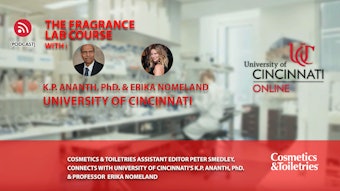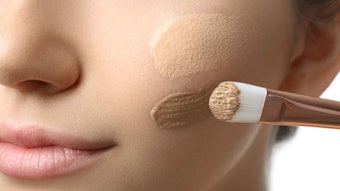What is skin toning? What are the global trends in skin toning? This article defines skin toning in terms of color, and then looks at two recently introduced products claiming to have an effect on the skin color formation process. The importance of obtaining in vivo data to support these claims is discussed. And then the possibility of combining ingredients that have different mechanisms, such as reversed tanning, is presented as a future global development in skin toning. Defining Skin Toning What actually is skin toning? While some consider this to be related to the firmness of skin, others associate skin toning with skin color, and this latter context is what will be discussed here. Many terms have been used to describe a change in skin color, such as whitening, lightening and toning, as well as brightening, but do they all mean the same or are they all slightly different? In fact, their definitions are actually only loosely defined and they all probably mean roughly the same thing. In this article, the following definition will be adhered to: “The process of partially or completely changing the color of the skin, normally in a lighter direction, by influencing the physiology of the skin.” Certain expressions have been deliberately included while other words have been deliberately left out for the following reasons:
• “Partially or complete": skin toning encompasses both the treatment of smaller (age spots) and larger skin surfaces (face and arms); • “Color” vs.” “the appearance of color”: Skin-toning products do not include applications such as color foundations, color cosmetics or other means of physically changing the appearance of skin. Skin toning is the process of biologically changing the skin.
• Skin toning includes both healthy skin and diseased skin such as skin affected by acne.
• Most importantly, one is dealing with physiological changes in the skin but the word “physiology” always frightens people, in particular regulatory people. However, it is the wording of a cosmetic claim that decides whether a product is a drug or a cosmetic, not the mechanism of action of the active ingredient.
This is where the only difference for the terms lightening, whitening, brightening and toning can be seen. Any product whose claims use terms like “skin lightening” and “skin whitening” are clearly regulated as drugs, whereas “skin toning” and “skin brightening” are regulated as cosmetics.










